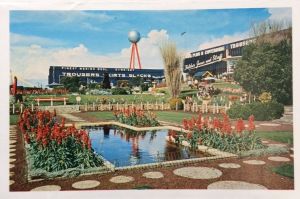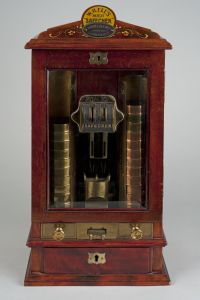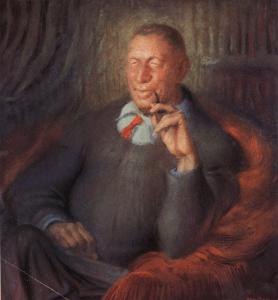Hartnett on the Road again in ‘Shifting Gear’

In March 2015 the National Gallery of Victoria will launch its exhibition ‘Shifting Gear’ which will showcase the work of many of Australia’s top local designers who contributed to the development of Australia’s automobile industry during the twentieth century. One such designer is Sir Laurence Hartnett who was a well known twentieth century industrialist who had been the Managing Director of the Australian firm General Motors Holden (GMH), one of the founders of the wartime Commonwealth Aircraft Corporation CAC and who designed the ‘Australian car that almost was…’ the prototype of the Harnett car. The Hartnett papers and other company collections which contributed to the Australian automotive story such as Repco and Shell can be found at the University of Melbourne Archives UMA.
One such story is the time Jack Brabham won the 1966 German Grand Prix in his 1.3 litre Repco-Brabham car. The engine was designed, developed and produced by Repco in Australia. In this same year Repco-Brabham cars gained four firsts, two seconds, three thirds and one fouth place and Brabham achieved his third world championship. The was the first non-European engine to win.
Contributors: Melinda Barrie and Sophie Garrett



